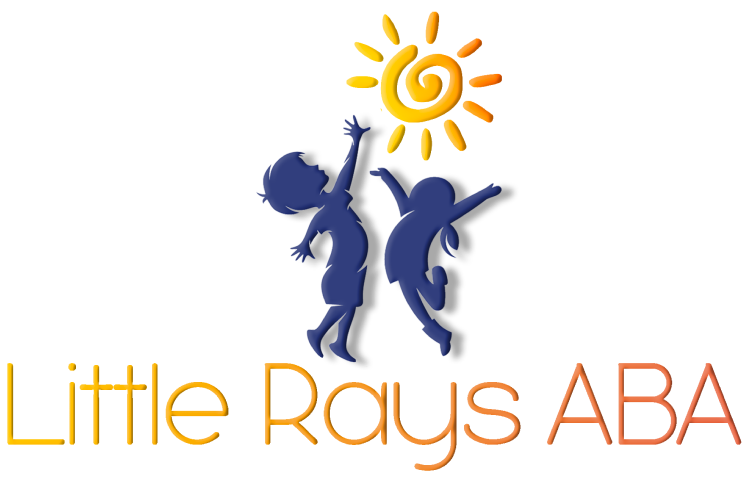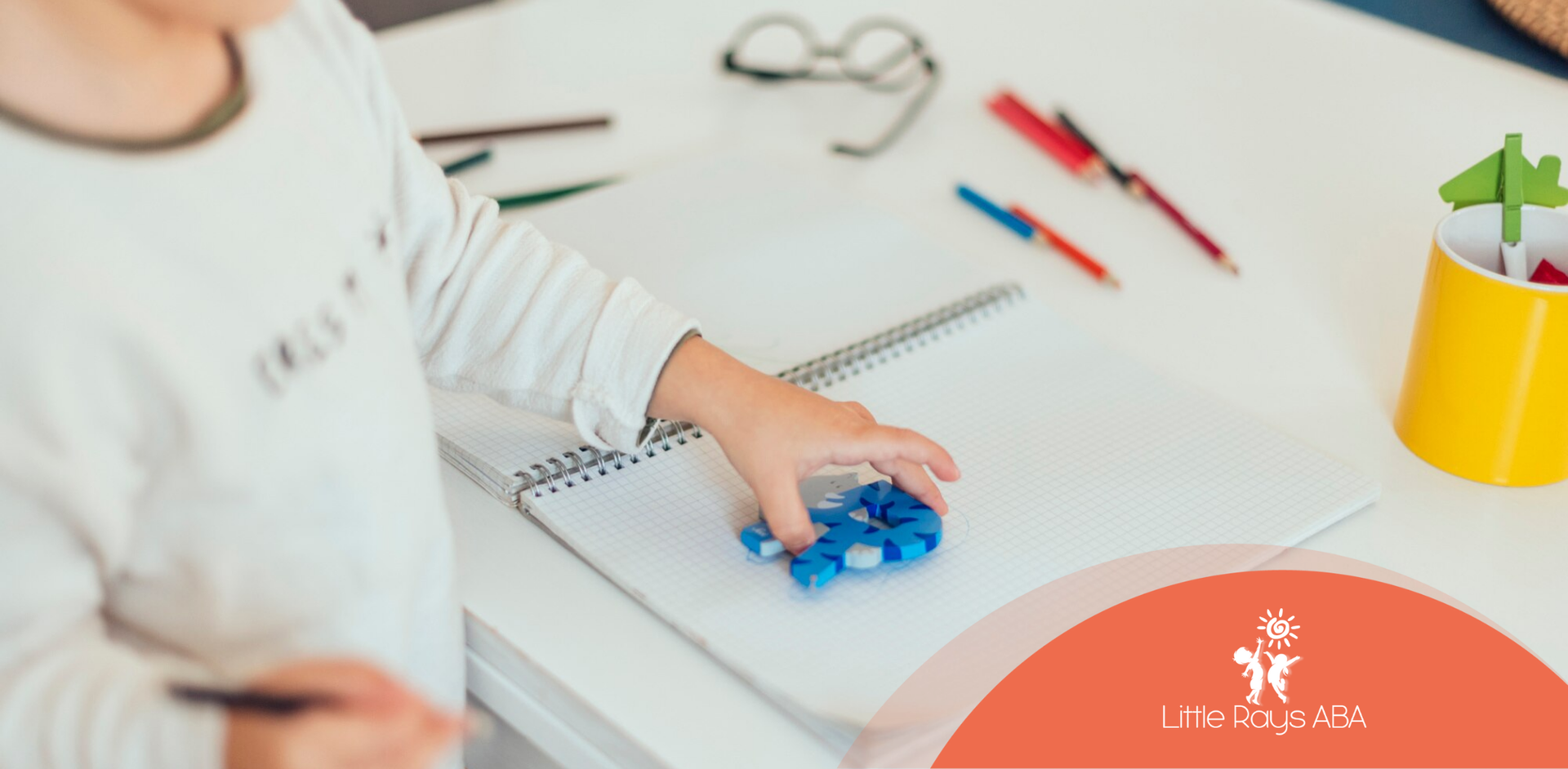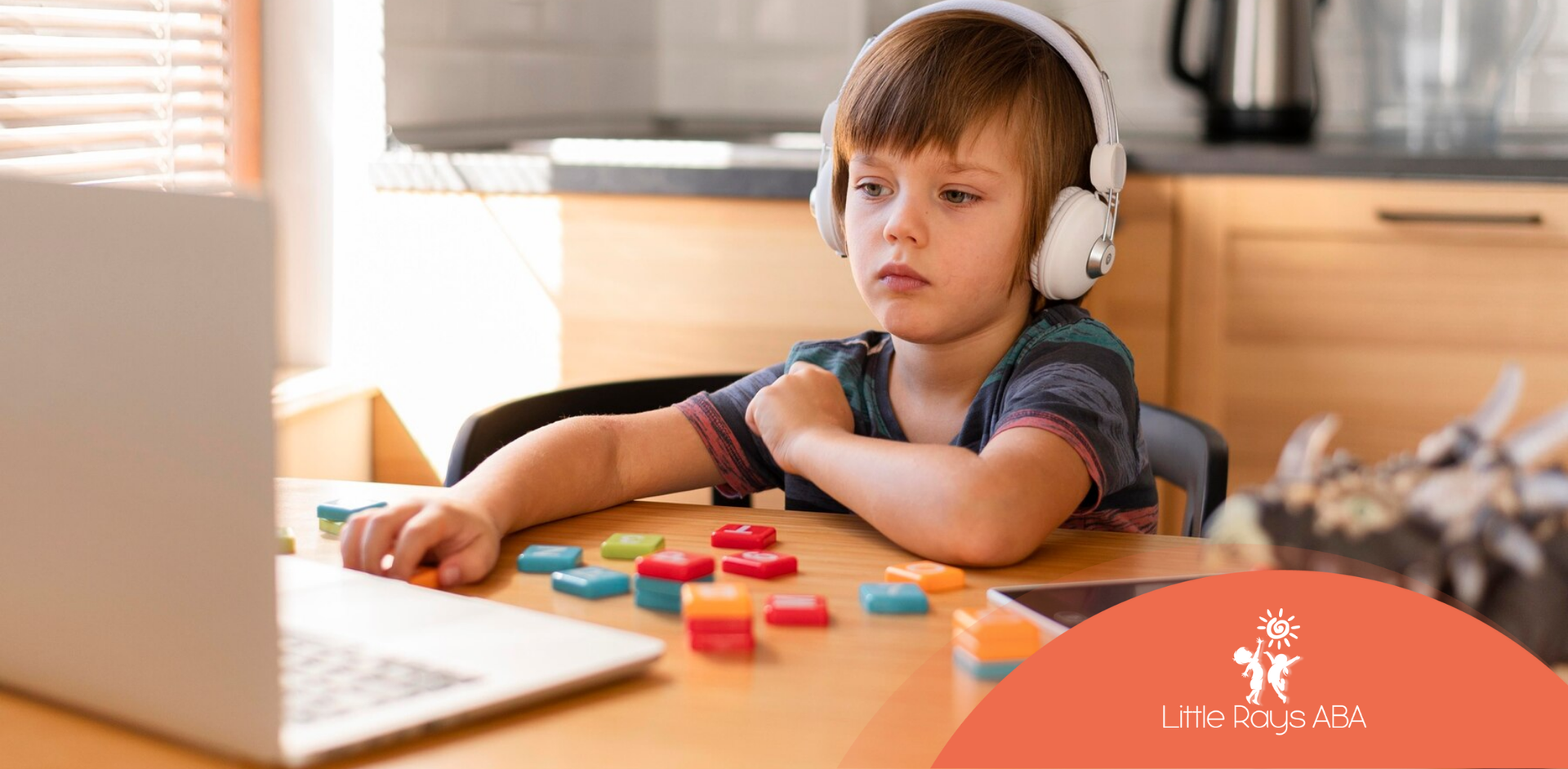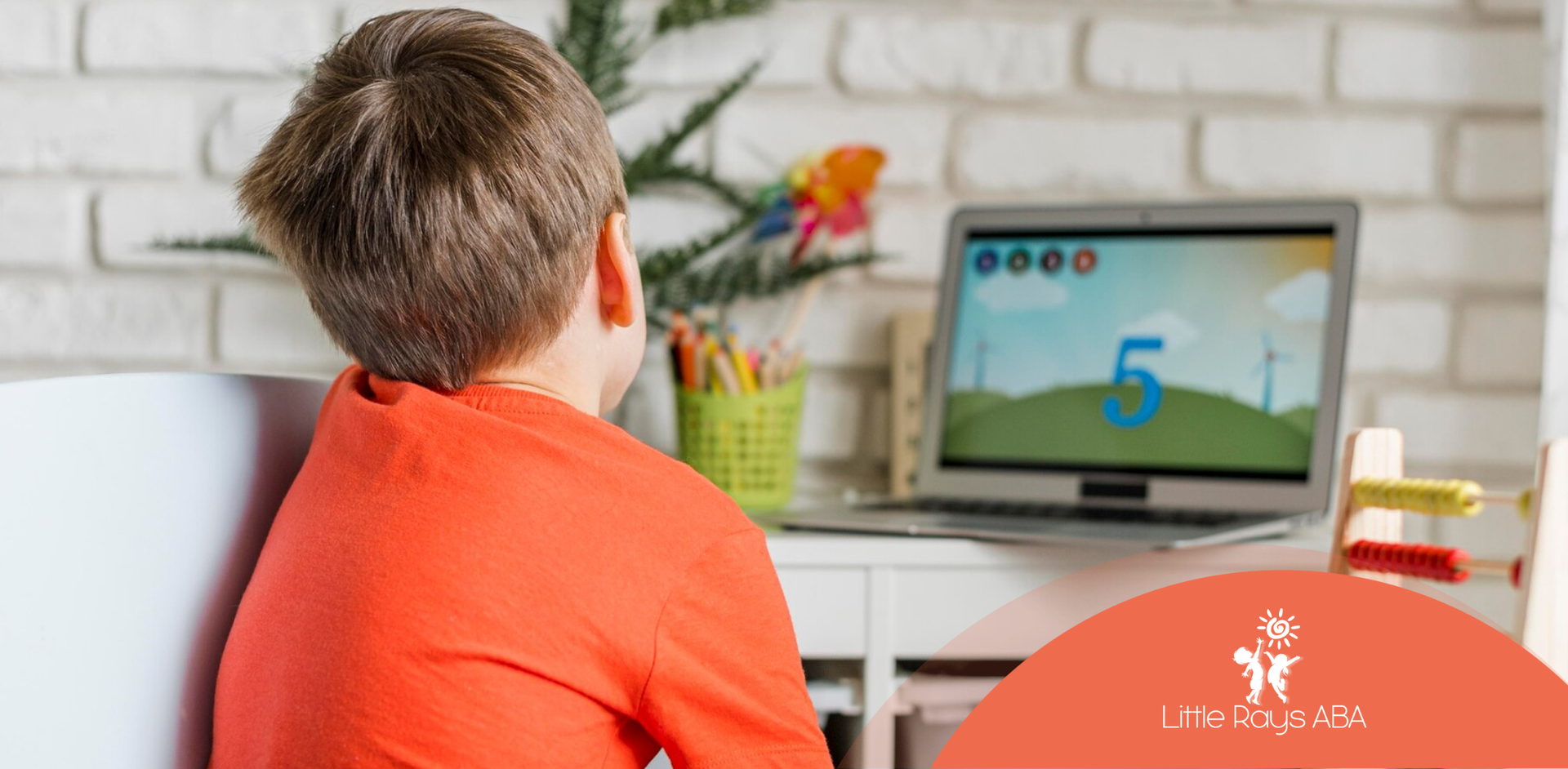Child-led ABA (Applied Behavior Analysis) is revolutionizing how we support children's growth and development. This innovative approach emphasizes empowerment by placing the child's interests at the forefront of therapy. By understanding and incorporating the child's motivations, child-led ABA fosters a positive learning environment that maximizes their potential. Through this article, we aim to shed light on this transformative approach and its profound impact on children.
Understanding Child Led ABA Therapy
Child-led ABA therapy is a specialized approach to ABA that prioritizes the child's interests and choices during therapy sessions. This type of therapy approach recognizes that children are more likely to engage in learning when they are motivated and interested in the activities presented to them. Unlike traditional ABA, which follows a more structured format, child-led ABA offers flexibility and allows the child to take the lead.
Through careful observation and assessment, therapists identify the child’s interests, preferred toys, and activities. This information is then used to create therapy sessions that are not only effective but also enjoyable for the child. By incorporating the child's preferences and considering sensory processing, therapists can create a more natural and meaningful learning experience that translates to progress across various developmental domains.
Defining Child Led ABA and Its Core Principles
Child-led ABA, a contemporary take on traditional ABA therapy, places the child's interests and choices at the heart of the therapeutic process. This approach, rooted in the science of behavior analysis, seeks to understand and leverage a child’s motivation to enhance learning and skill development.
One of the core principles of child-led ABA is the recognition that children are naturally curious and eager to learn. By allowing them to explore their interests within a structured and supportive environment, therapists can foster intrinsic motivation and make learning more enjoyable.
The therapy sessions revolve around activities the child finds stimulating and engaging, transforming learning into an exciting journey of discovery. This approach not only enhances the child’s learning experience but also fosters a positive association with therapy.
The Importance of Child-Led Initiatives in ABA
In the realm of ABA therapy, incorporating child-led initiatives is paramount for fostering optimal learning and development, as discovering the best approach enhances this process. By centering therapy sessions around the child’s interests, therapists can tap into their natural curiosity and create a more engaging and effective learning experience.
Natural environment teaching, a key component of child-led ABA, utilizes the child’s natural surroundings as a learning ground. This technique encourages generalization of skills, as children learn to apply what they have acquired in therapy to real-life situations. For instance, a child who loves playing with toy cars could learn about colors, counting, social skills, and even language skills through a game involving their favorite toys.
Moreover, positive reinforcement plays a vital role in child-led ABA. By rewarding desired behaviors and responses with praise, access to preferred activities, or small tokens, therapists encourage children to repeat positive actions and learn more effectively. This consistency in rewarding behaviors not only makes therapy sessions enjoyable and rewarding but also sets the stage for significant progress and lasting positive outcomes.
Key Components of Child Led ABA
Child-led ABA thrives on a delicate balance between following the child's lead and incorporating structured learning objectives. Understanding and implementing the key components of this approach is essential for therapists and parents alike.
These components include careful observation of the child's interests, creating a stimulating learning environment that encourages exploration, and thoughtfully incorporating therapeutic goals into play-based activities. This approach ensures the child's active participation and makes learning a joyful experience.
Identifying and Following the Child's Interests
The cornerstone of effective child-led ABA treatment lies in identifying and understanding the child’s interests and child’s needs. This process requires keen observation and interaction to determine what motivates and engages the child. Therapists and parents work collaboratively to create a learning environment that incorporates the child’s favorite toys, activities, and themes.
This child-centric approach fosters a sense of ownership over the learning process and increases the likelihood of the child actively participating in discrete trial training therapy sessions. For instance, if a child demonstrates a fascination with trains, therapists can incorporate train sets into ABA treatment sessions to teach social skills, communication, or pre-academic concepts.
By integrating the child’s interests, therapists pave the way for a more engaging and effective ABA treatment process. This approach ensures that therapy becomes an enjoyable experience rather than a chore, setting the stage for the child to flourish and progress significantly.
Incorporating Play into Learning
Play, often dubbed the "work" of toddlers and children, holds immense therapeutic value in child-led ABA. By incorporating play into learning, therapists transform therapy sessions into engaging and enjoyable experiences. This approach taps into the child's natural inclination to learn through exploration and interaction.
Play provides ample opportunities to introduce new skills, practice existing ones, and generalize them across various settings. Whether it's building a tower together, engaging in pretend play, or completing a puzzle, every playful interaction can be tailored to target specific therapeutic goals.
Here's how play enhances child-led ABA therapy provided by ABA therapists:
- Increased Engagement: Playful activities naturally capture a child's attention, leading to higher engagement levels during therapy sessions.
- Motivation: When children are engrossed in activities they enjoy, they are intrinsically motivated to learn and participate.
- Naturalistic Learning: Play-based learning mirrors real-life situations, promoting the generalization of skills outside therapy sessions.
Benefits of Child Led ABA for Development
Child-led ABA, with its focus on individualization and engagement, offers a multitude of benefits for a child's development. By aligning therapeutic goals with the child's interests, this approach unlocks their potential and sets them on a path of significant progress.
From improved communication skills to increased independence, the benefits of child-led ABA extend across various developmental domains. By fostering a positive learning environment, this approach empowers children to embrace learning and reach new milestones, ultimately contributing to significant behavior change.
Enhanced Engagement and Natural Learning
One of the most significant advantages of child-led ABA is its ability to enhance engagement and promote natural learning. By allowing children to guide the activities, this approach capitalizes on their innate curiosity and transforms therapy sessions into captivating learning experiences.
Engagement soars when children are actively involved in activities they find genuinely interesting, often led by a trained therapist. This increased participation translates into a greater willingness to learn new skills and generalize them across different settings. The child's enthusiasm fuels the therapy process, making it more effective and enjoyable.
Moreover, child-led ABA facilitates natural learning by embedding therapeutic goals within the context of the child's chosen activities. This approach mirrors how children learn best—through exploration, interaction, and repetition in meaningful contexts.
Fostering Independence and Confidence
Beyond the acquisition of specific skills, child-led ABA plays a pivotal role in fostering independence and building confidence in children. By empowering them to make choices and take ownership of their learning, this approach equips children with essential life skills that extend far beyond the therapy room.
As children experience successes in activities they have chosen, their confidence in their abilities begins to blossom. They learn to advocate for themselves, express their preferences, and navigate challenges with increased autonomy. This newfound independence empowers them to interact with the world around them with greater assurance.
Furthermore, social skills are often seamlessly integrated into child-led ABA activities. As children engage in play-based therapy sessions, they learn to share, take turns, communicate their needs, and build meaningful relationships with their peers and therapists.
Conclusion
In conclusion, Child-led Applied Behavior Analysis (ABA) therapy emphasizes empowering children by incorporating their interests and choices into therapeutic activities, fostering motivation and engagement. This approach aligns with comprehensive autism treatment therapy strategies, promoting skill development in a naturalistic setting. Families seeking effective interventions can benefit from providers who implement child-led ABA techniques, ensuring personalized care that respects each child's unique preferences and strengths.
At Little Rays ABA, we believe that every child shines brightest when their unique interests and choices guide their learning journey.Our child-led Applied Behavior Analysis (ABA) therapy in Florida empowers children by integrating their passions into personalized treatment plans, fostering natural engagement and meaningful progress.Experience the transformative power of our approach—contact Little Rays ABA today to illuminate your child's path to growth and independence.
Frequently Asked Questions
How does child led ABA differ from traditional ABA?
While both child-led ABA and traditional ABA share the goal of fostering skill development, child-led ABA distinguishes itself through increased flexibility and learner-centricity. Clinicians work in tandem with learners, incorporating their interests and motivations into therapy sessions, promoting intrinsic motivation, engagement, and addressing problem behaviors.
Can child led ABA be applied in school settings?
Absolutely. The principles of child-led ABA therapy can be seamlessly integrated into school settings. By collaborating with a certified behavior analyst, teachers can create learning environments that foster student engagement and support the generalization of skills learned in therapy across different settings.
Unlock Your Child's Potential with Expert ABA Therapy!
At Little Rays ABA, we provide compassionate, evidence-based ABA therapy to help children with autism thrive. Our personalized approach fosters growth in communication, social skills, and independence.
Get In Touch With Us Today to Get Started With ABA Therapy!
Related Posts
MENU
GET IN TOUCH
7117 San Salvador Dr Boca Raton, FL 33433
3200 Collins Ave Miami Beach, FL 33140





